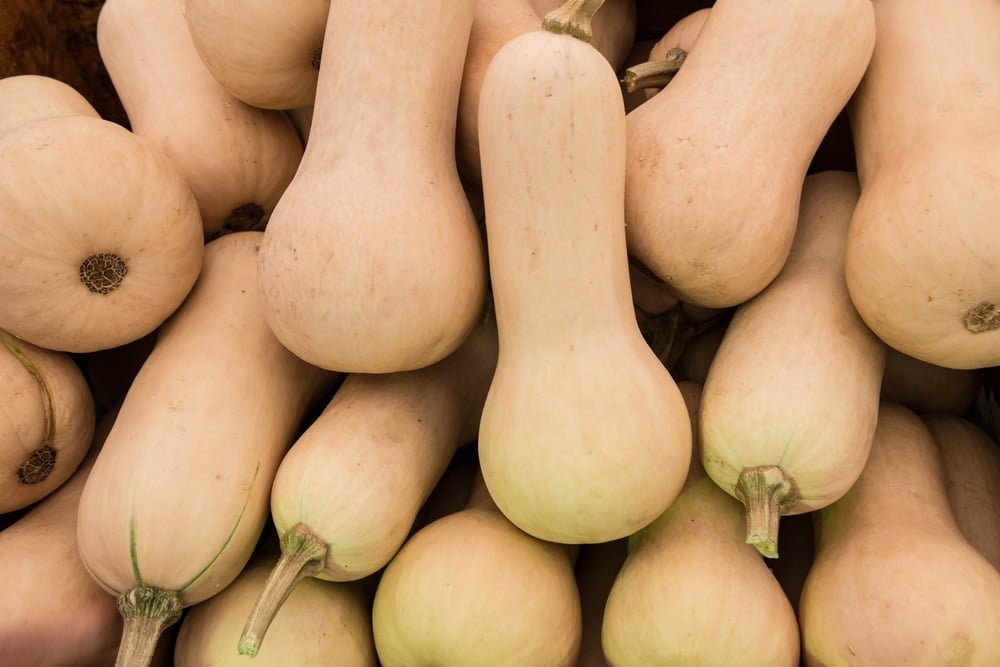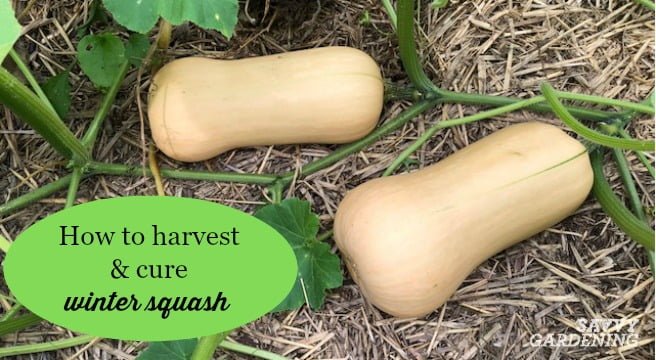If you’re eagerly awaiting the bounty of your butternut squash harvest, you may find yourself wondering: How do I know when my butternut squash is ready to be picked? Well, fret not! In this article, you’ll discover simple yet effective techniques to determine the perfect timing for harvesting your butternut squash. From examining the color and texture of the skin to testing the hardness of the fruit, we’ll equip you with the knowledge you need to confidently pluck those ripe and delicious butternut squashes from your garden. So let’s get started and unlock the secrets to knowing when your butternut squash is ripe and ready!
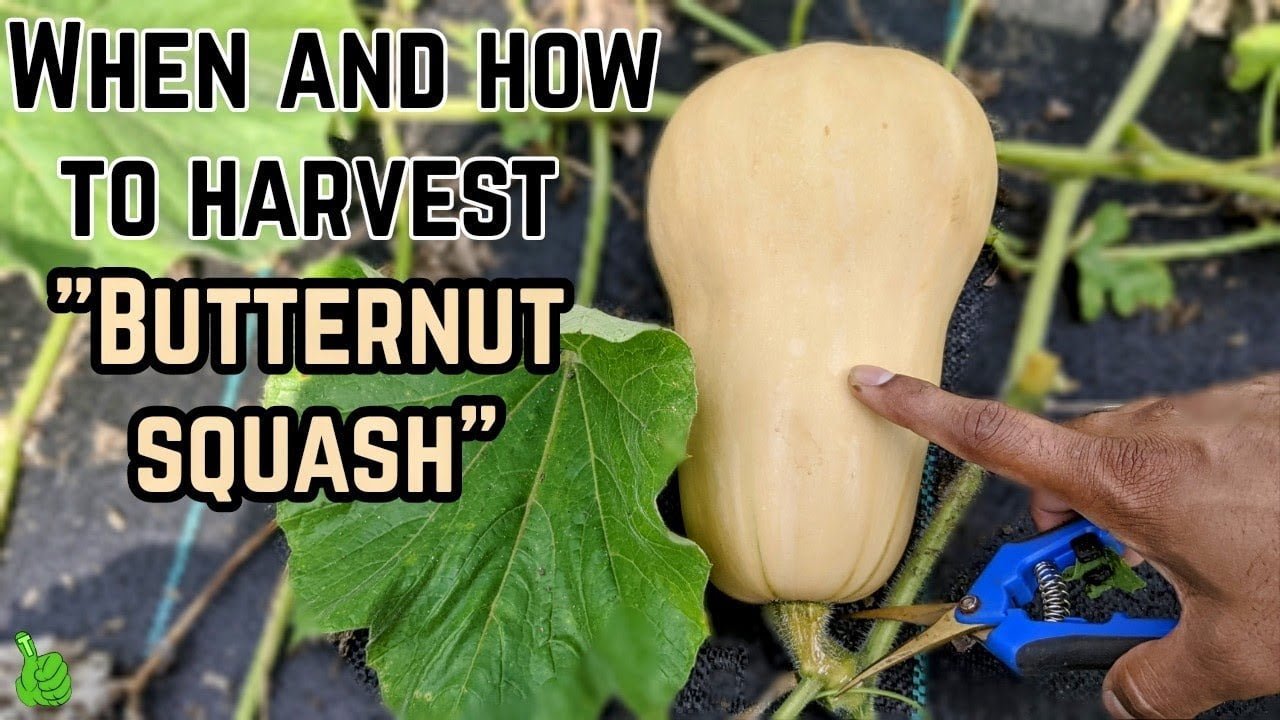
Determining the Right Time
When it comes to harvesting butternut squash, it can be a bit tricky to determine the right time to pick them. However, there are several visual cues and techniques that you can use to ensure that your squash is at its peak ripeness. In this article, we will explore these methods and help you confidently determine when your butternut squash is ready for harvest.
Visual Cues
One of the simplest ways to assess the readiness of your butternut squash is to examine its skin. A ripe butternut squash will have a dull skin, indicating that it has reached its peak maturity. Touch the rind gently to ensure that it is firm and tough. Additionally, there should be no visible green lines on the squash, as this can indicate that it is not yet fully ripe.
Tapping Technique
Another reliable method to determine if your butternut squash is ready for harvest is the tapping technique. Simply tap the squash gently with your knuckles and listen for the sound it produces. A ripe squash will emit a hollow sound, while an immature one will produce a dull thud. This tapping technique helps you assess the density and ripeness of the squash based on the sound it produces.
Tendril Appearance
Observing the tendril near the base of the squash plant can also provide valuable insight into its maturity. A crisp and green tendril indicates that the squash is not yet mature, and you should allow it more time on the vine to ripen. On the other hand, if the tendril appears dry and withered, it is a sign that the squash is ready for harvest. Pay attention to the tendril’s texture and color to make an accurate judgment.
Color Change
The color of the butternut squash can also serve as a reliable indicator of its ripeness. As the squash matures, its skin will change from a vibrant green to a deep tan or beige color. This color change occurs evenly across the entire surface of the squash, indicating that it is fully ripe. Look for a uniform color, free from any green patches, to ensure that your squash is ready to be picked.
Size and Weight
The size and weight of the butternut squash can offer valuable clues about its maturity. A mature butternut squash tends to reach a certain size, typically around 8-10 inches long. It should feel heavy for its size when you lift it. Comparing the weight of the squash to others of a similar size can help you gauge its readiness for harvest. Keep in mind that squash varieties may have slight variations in size and weight, so it’s essential to compare them within the same variety.
Fully Mature vs. Immature Squash
To differentiate between a fully mature and an immature butternut squash, several factors come into play. A fully mature squash will have firm skin and a hard rind, indicating that it has reached its peak ripeness. There should be no blemishes on the surface, as these can be indicators of immaturity. Additionally, when you cut open a fully mature squash, its interior should contain developed seeds and pulp, which further confirms its readiness for harvest.
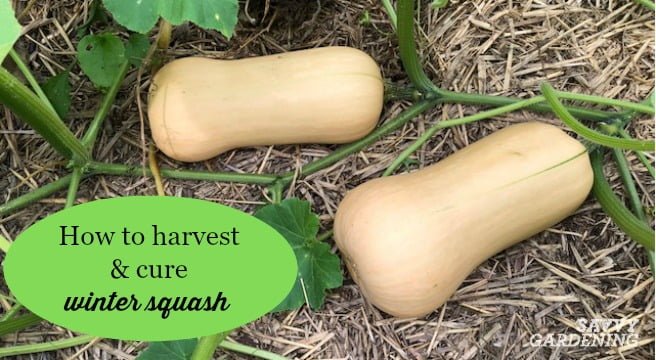
Weather Considerations
While the visual cues and harvesting techniques mentioned above are crucial, it’s also important to consider weather conditions before picking your butternut squash. First, keep an eye out for the first frost of the season. Harvesting the squash before the frost sets in is essential, as it can damage or even ruin the squash. Additionally, extreme temperature fluctuations can negatively impact the quality and flavor of the squash. Therefore, aim to harvest your squash when the temperatures are relatively stable and moderate.
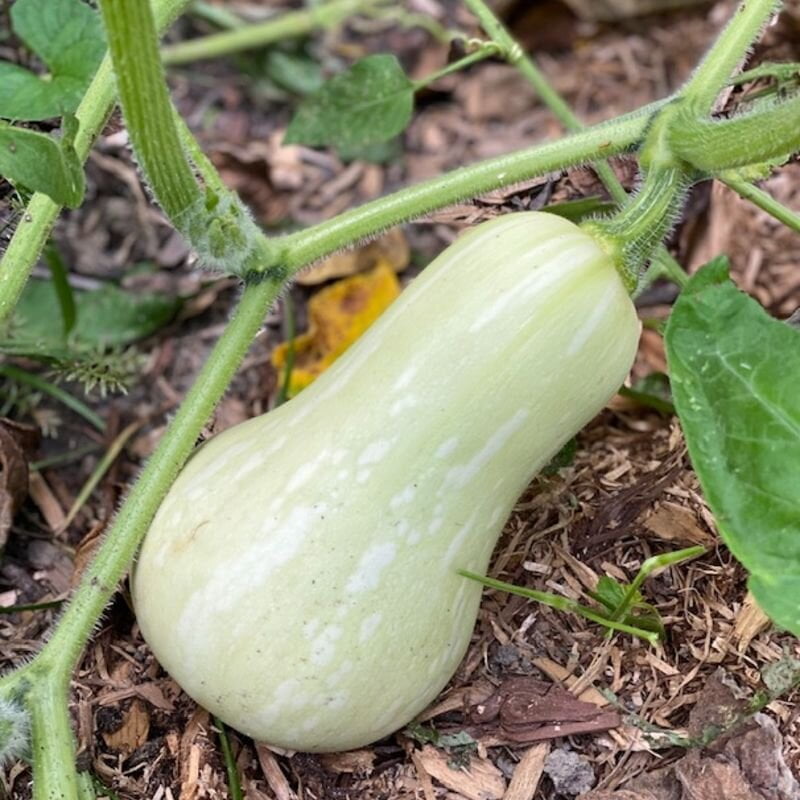
Stem Drying and Hardening
Another aspect to consider when determining the readiness of your butternut squash is the drying and hardening of its stem. A fully mature squash will have a stem that feels corky to the touch, indicating that it has undergone adequate drying and hardening. Conversely, an immature stem will feel soft and pliable, indicating that the squash might not have fully ripened yet. By assessing the texture and hardness of the stem, you can get a more accurate sense of your squash’s maturity.

Final Thoughts
Now that you are equipped with various methods to determine the readiness of your butternut squash, it’s time to harvest and enjoy the fruits of your labor. Remember to use the visual cues such as dull skin, tough rind, and no visible green lines. Try the tapping technique to assess the density and ripeness and observe the tendril’s appearance for further insight. Pay attention to color changes, size, and weight to ensure peak ripeness. Differentiate between fully mature and immature squash by examining the skin, rind, blemishes, seeds, and pulp. Consider weather conditions, stem drying, and hardening before making the final decision to harvest. With these techniques in mind, you can confidently pick your butternut squash and savor its delicious flavor in your favorite recipes. Happy harvesting!
